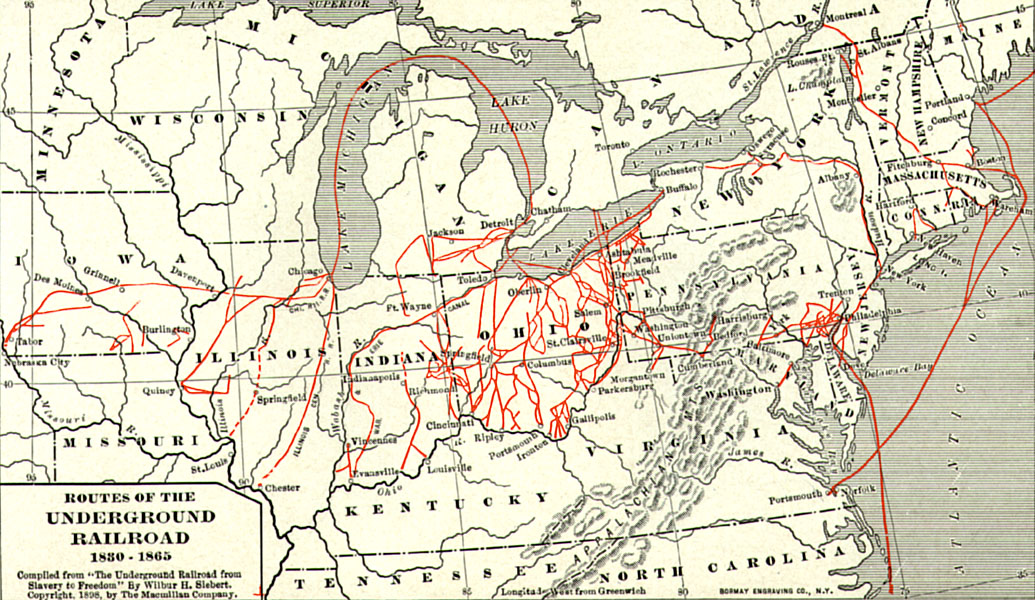The Underground Railroad will always be connected to the well-known conductor named Harriet Tubman. The name itself may be surprising because even if it pertains to Underground Railroad, it is not in any way an underground, or even a railroad. It was only dubbed as an underground since it comes with a really secretive nature. It is also associated with a railroad for it is starting to blossom as a transportation. These are just some facts about the Underground Railroad.
Since its establishment, UR was considered as an informal network. As a matter of fact, it is somehow connected to myriad routes. These routes are headed to northern states. Right after the year 1850, it was made as a link to Canada. There are others which are going to south, then to Mexico. Some are even in the Caribbean.

There were historians out there who estimated the number of slaves who were able to escape with the help of the UR network. In total, there are almost 100,000 of them.
Actions by people were also observed. The said slaves were actually assisted and helped by others in order to be free. This was an evidence of spontaneity. The group was comprised of men, women, children, and black and white. Most of these were Methodists and Quakers. This was the diversity of the human power who worked hand in hand during those occurrences.
There was a railroad language adopted during the aforementioned time. This was perceived as a secret code by most conductors, station masters, agents, stockholders and operators. These became a part of slave saving. Throughout the process, they made use of coded songs. Slaves knew how to make the most of them in order to save themselves.
The President of the Underground Railroad was Levi Coffin. Since then, his home was the Grand Station of the Underground Railroad.
In tracing the history of the UR, it can be pointed back to the 1780. However, it only turned out a fuss to many in 1830. Its height was only able to make its peak in 1850. It ended in 1863. This was connected in the announcement of the Emancipation Proclamation in 1863.
There are supporters of the UR. Among the famous ones are William Still, Harriet Tubman, Frederick Douglass, John Brown, William Lloyd Garrison, Gerri Smith, Samuel Green, Lucrecia Coffin Mott, among other individuals there are.
UR stations come with their secret hideouts. These are meant for cellars, basements, passages, and even those hidden compartments which are in the cupboard. These are for slaves who had to be hidden safely.
There was a time when the slaves are prohibited to escape. This was implemented in the Fugitive Slave Act of 1850. This was the permission given by the law that allows the slaves to go back to their master. This was the case even if they were in a free state. Their final destination during that time was in Canada.
In the said act, any person who was caught helping a slave would be sent to jail.